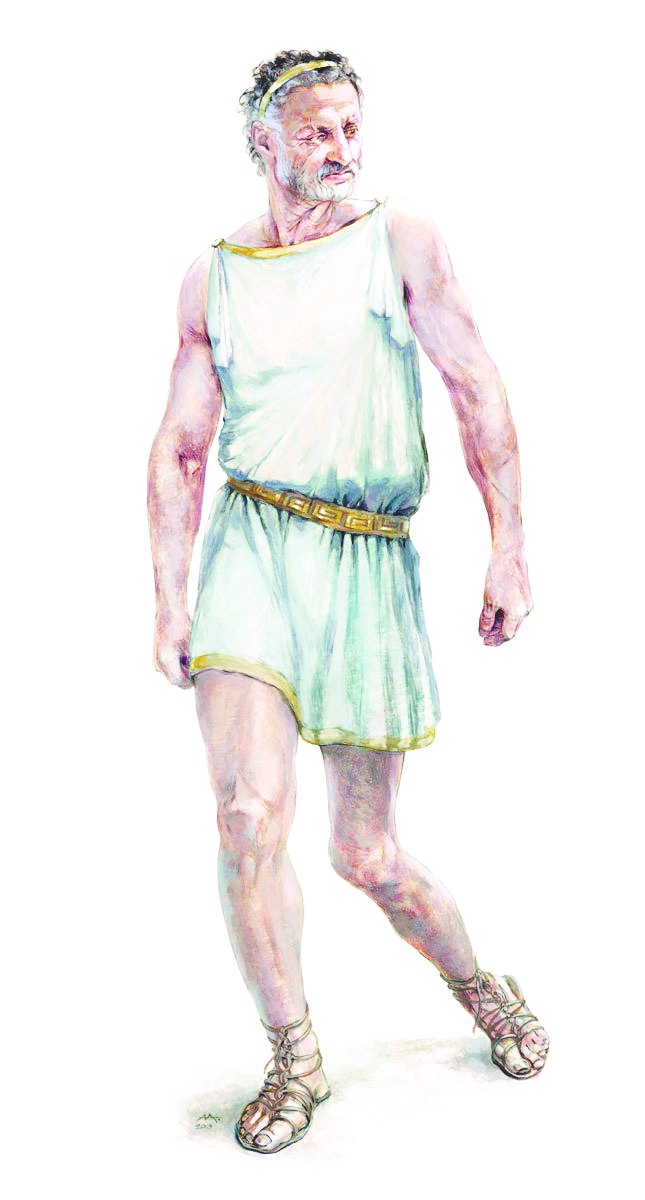
New Delhi, July 21: A study of the skeletal remains discovered in a tomb in Greece nearly four decades ago suggests they belong to King Philip II, the father of Alexander the Great, European scientists announced yesterday.
The scientists said their forensic analysis based on X-ray and computerised tomography scans also shows that Philip II survived at least three years after suffering a potentially lethal piercing lance injury on the knee in battle.
"There is a hole visible in the knee, between the tibia and the femur - this injury coincides exactly with available historical accounts that a lance went through King Philip II's leg," Antonis Bartsiokas, a medical anthropologist at the Democritus University of Thrace in Greece, who led the study, told The Telegraph over phone.
Bartsiokas and his colleagues from Spain and France studied a set of skeletal remains excavated from two tombs in Verginia, Greece, in 1977. One of the tombs contained the remains of three individuals - a 45-year-old male, an 18-year old female, and a newborn child.
According to historical accounts, Bartsiokas said, Philip II suffered the injury in 336 BC and remained lame for the rest of his life. The study of the knee shows a stiffened knee joint and a fusion of bones that rendered the leg damaged and lame.
The findings were published yesterday in the US journal Proceedings of the National Academy of Sciences. Historical texts claim Philip II was stabbed to death about three years after the injury.
"We don't have enough skeletal material to confirm the mode of assassination," Bartsiokas said. "Historical accounts tell us he was stabbed in the thorax, but with the skeletal material available, we cannot determine this for certain."
The skeletal remains include pieces of the upper and lower jaw, ribs, some vertebrae, a part of the pelvis, and the left leg.
The scientists say the two other skeletons in the tomb support the identity of the male skeleton as Philip II. Historical texts claim that Philip II's last wife Cleopatra and her newborn were murdered shortly after by Olympias, the mother of Alexander the Great. Historians believe Olympias had them killed because she did not want competition to her own son's ascension to the throne.
The new study has thrown light on the remains of a second tomb at the royal burial site Verginia. The tomb, also excavated in the late-1970s, had two skeletal remains of an adult male and female. The archaeological team that had excavated this tomb had assumed that it belonged to Alexander the Great because the tomb also housed his shield and helmet.
The scientists now believe the bones belonged to Arrhidaeus, Alexander's half-brother, and his wife Eurydice. Historical texts have described Arrhidaeus as a "non-military man" with physical and mental challenges that kept him away from becoming a great warrior. The absence of battle wounds on the skeletal remains supports this view, the research team said.










